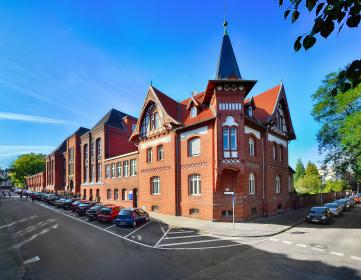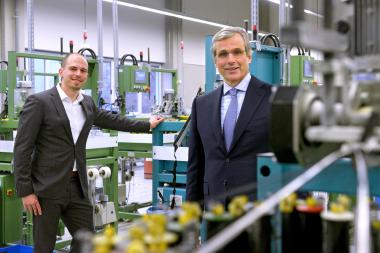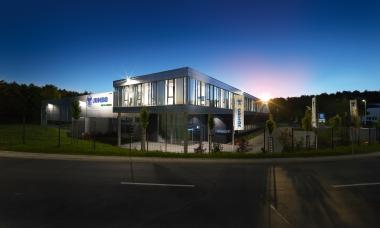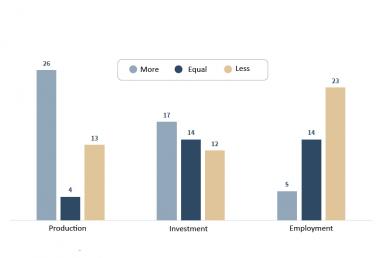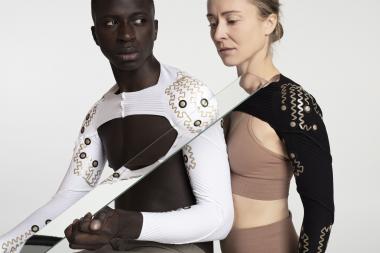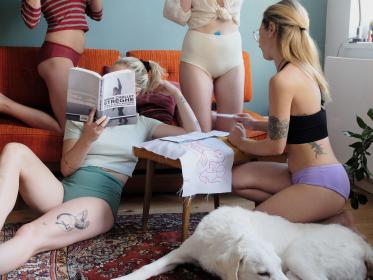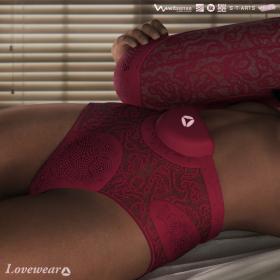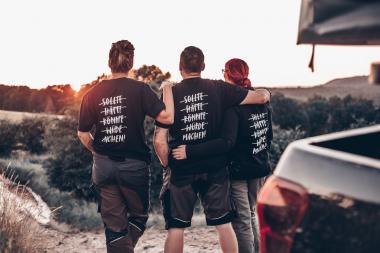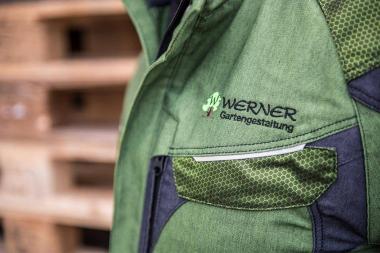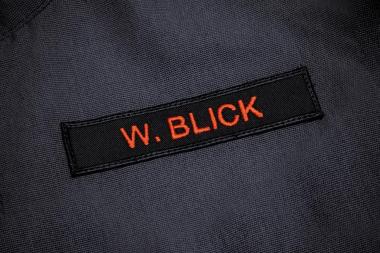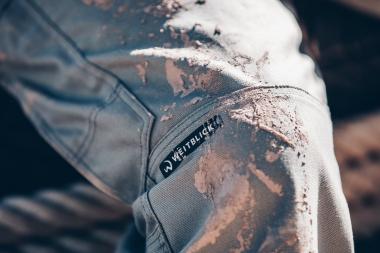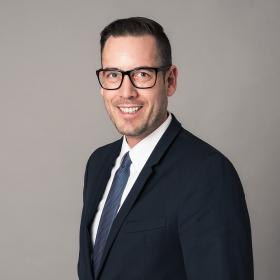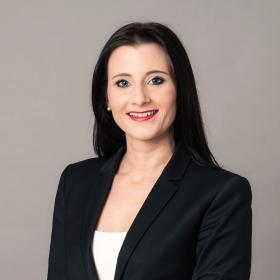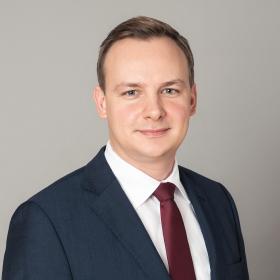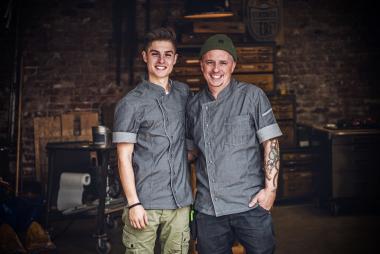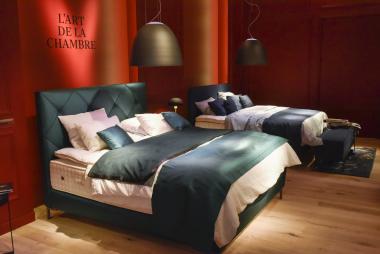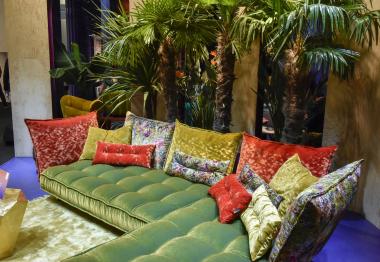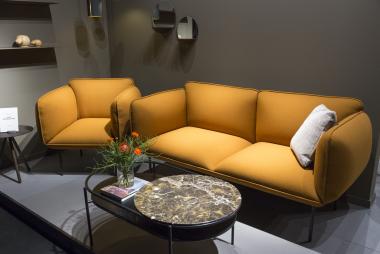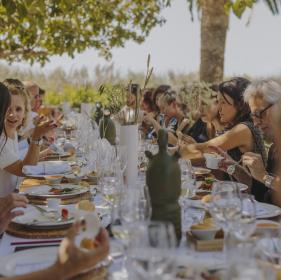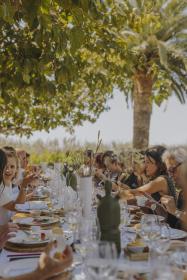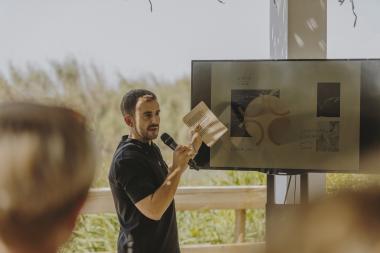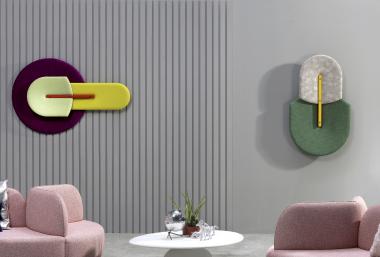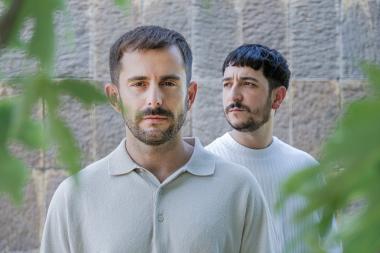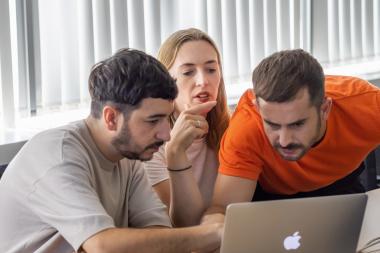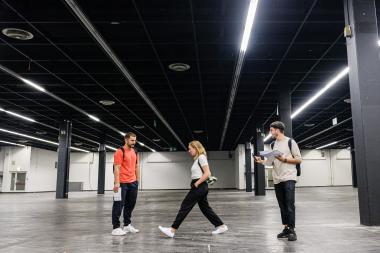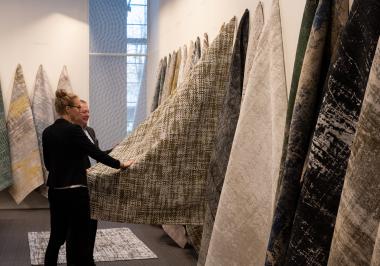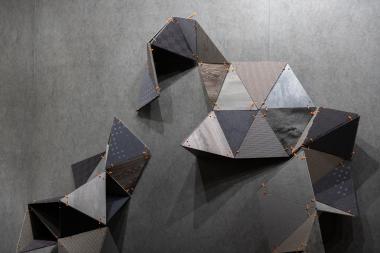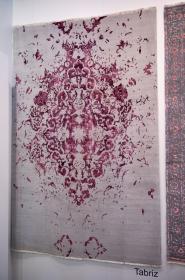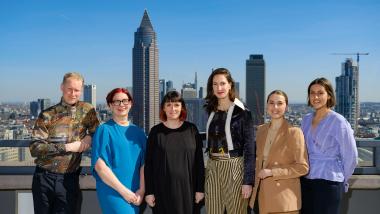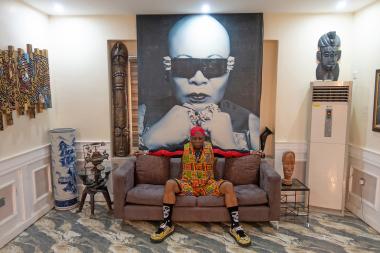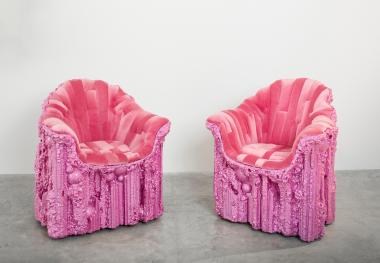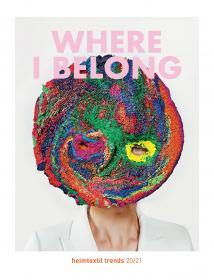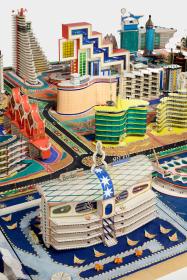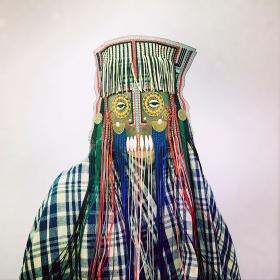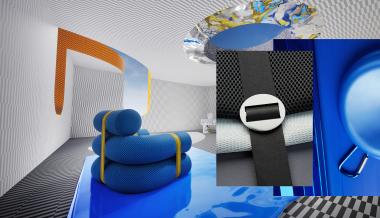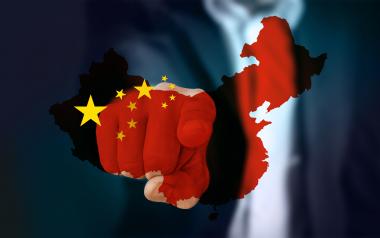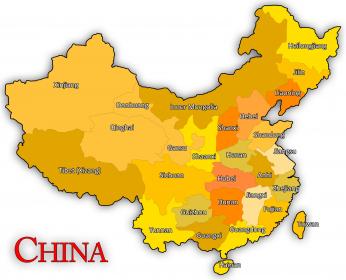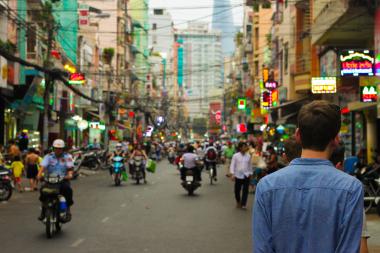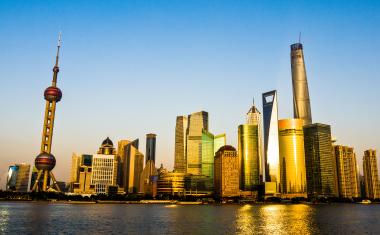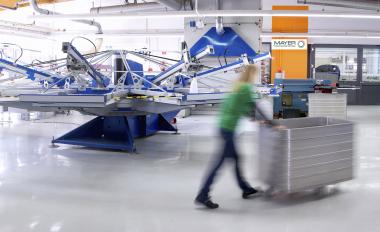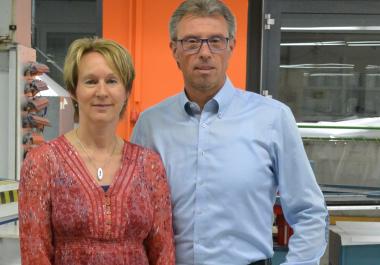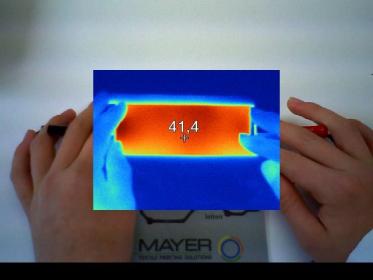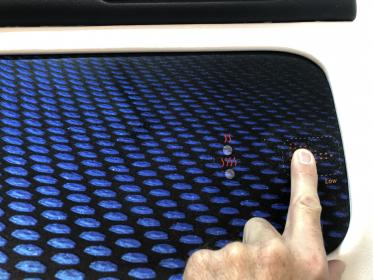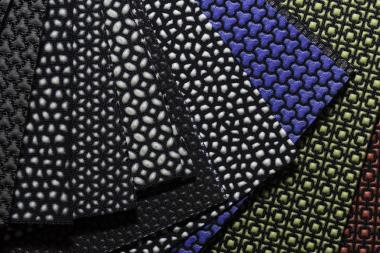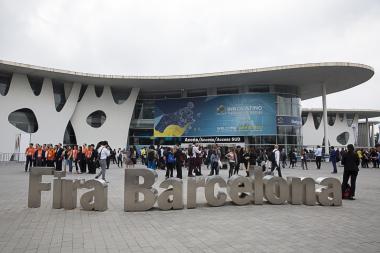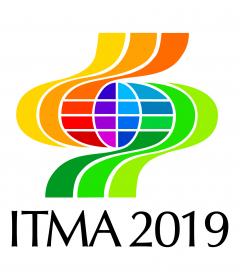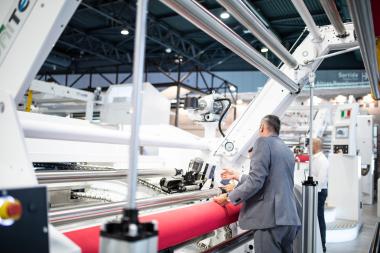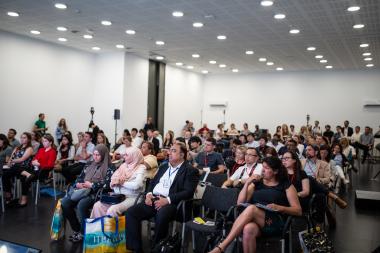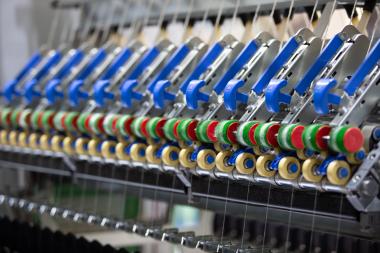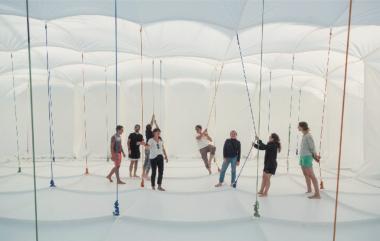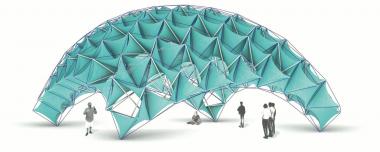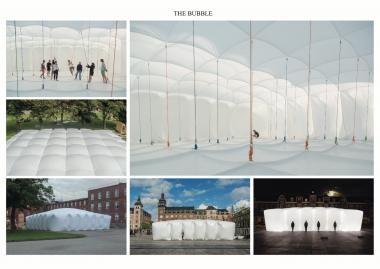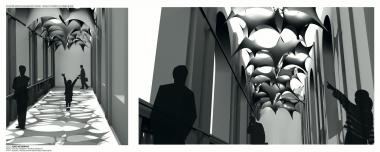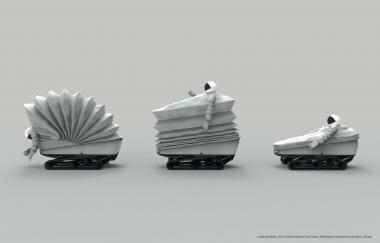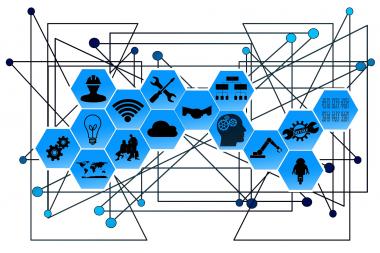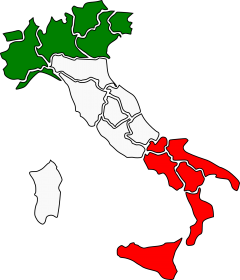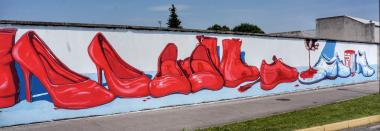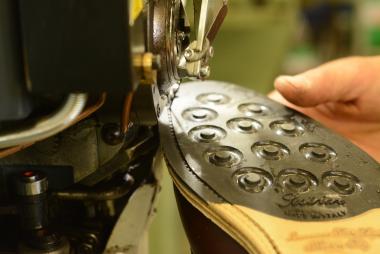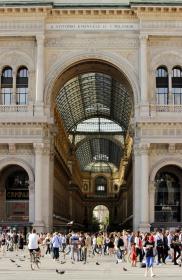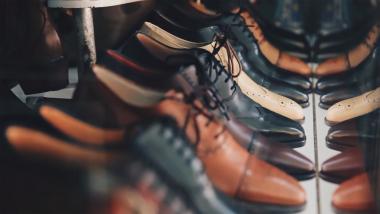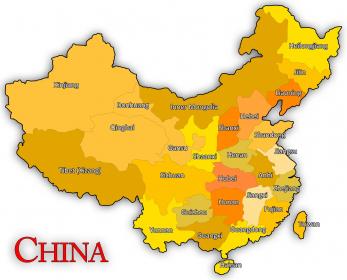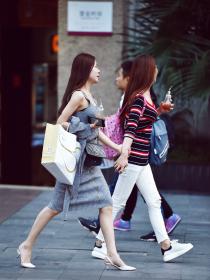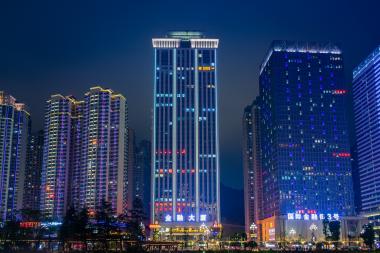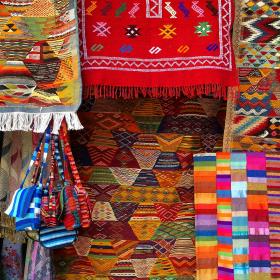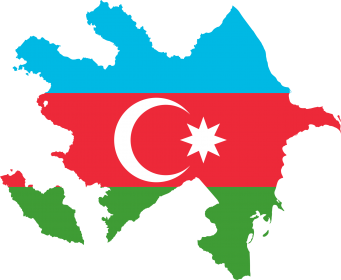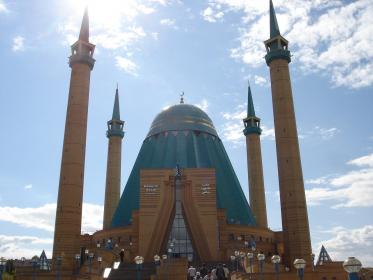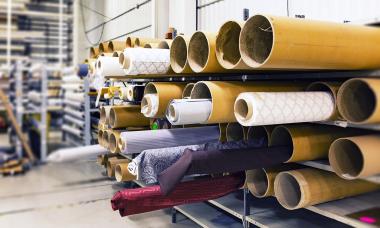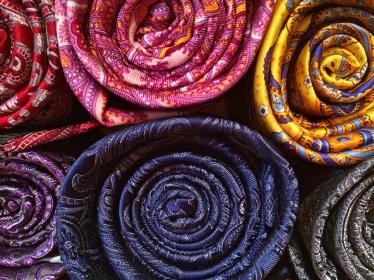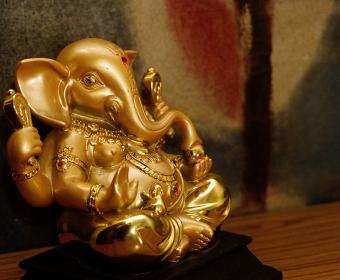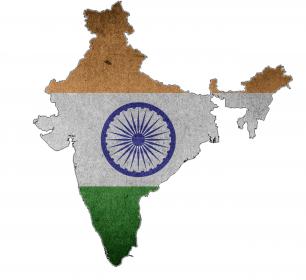120 Years of Textile Training in Mönchengladbach
The Faculty of Textile and Clothing Technology at the Hochschule Niederrhein is celebrating a double anniversary this year. Firstly, the Hochschule Niederrhein will be 50 years old. Secondly, the Prussian Higher School for the Textile Industry was founded 120 years ago. This later became the Textile Engineering School, which was then integrated into the Faculty of Textile and Clothing Technology at the Hochschule Niederrhein in 1971.
This year's Master Congress on April 23, 2021 embraces this double anniversary. The Congress is entitled: NOW AND THEN - MG CREATES CAREERS.
“Textile education in Mönchengladbach has a significant historical legacy of which we are very proud," comments Professor Dr Lutz Vossebein, Dean of the Faculty of Textile and Clothing Technology. With over 2,000 students and more than 30 professors, the Faculty is now one of the largest educational institutions in the field of textiles and clothing – even on a European scale.
“The Master Congress is aimed at students and partners of the Faculty as well as of the Research Institute for Textiles and Clothing from the fields of business, research and teaching as well as politics. As always, current topics will be presented at a high level by the aspiring engineers," says Prof. Dr. Maike Rabe, who initiated the Master Congress five years ago. This year's keynote speaker is Dr Uwe Mazura, Managing Director of the Confederation of the German Textile and Fashion Industry in Berlin. One of his topics will be corporate due diligence or, in short, the Supply Chain Law. “This is what the future and seasoned professionals in the industry have to get to grips with," explains the planning team with Oliver Heß, Dr Esther Rohleder and Iris Siebgens.
On April 15, 1901, the green light was given for textile education and training in Mönchengladbach. On this day the Higher Vocational School located on the Mönchengladbach / Rheydt city border welcomed its first students. This event was preceded by the growth of the textile industry in the 19th century, which was driven by the development of industrial spinning, weaving and finishing machines, and which led to an increase in the demand for skilled workers and managers, particularly in Mönchengladbach and the surrounding area.
The Mönchengladbach school was special as it united several departments under one roof. In addition to textile production, from 1912 there was a clothing department, which was expanded with time. Classes subsequently taught students about women's outerwear, lingerie, workwear and sportswear. The "Prussian Higher School for the Textile Industry", at that time unique in Germany, combined a wide range of subjects in the field of textile and clothing technology.
Due to the large number of students in the clothing departments, in 1932 the school was renamed "Higher Clothing Vocational School”. It was the first educational institution in Germany to be authorised to train clothing engineers. This upgraded the school to an engineering school, adding subjects such as costing, business organisation, performance and work planning.
The Faculty of Textile and Clothing Technology, which came into being when the Hochschule Niederrhein was founded in 1971, united the expertise of the former Textile Engineering School in Mönchengladbach – but also of the schools in Cologne, Bielefeld, Aachen, Wuppertal and naturally Krefeld. Krefeld, also a textile location with a long tradition in the region, was compensated for the departure of textile training to Mönchengladbach by the fact that the administration of the new University of Applied Sciences came to Krefeld.
One of the pioneers for the foundation of the University was Prof. Dr. Rolf Klinke. Fifty years ago, he was Chairman of the Planning Committee and then, as Vice-President of the young University of Applied Sciences and at the same time the first Dean of the Faculty of Textile and Clothing Technology, he was a central figure in the founding years. On the occasion of the Digital Master Congress 2021 he will be a guest of honour and will hold a talk about this time. The Master Congress is free of charge and will be held on Friday, April 23, 2021 from 9 a.m. to 4.15 p.m. For the full program and registration form visit: www.hs-niederrhein.de/ftb/#c129082
Hochschule Niederrhein


